Voyager 1 Restarts Transmissions After Months
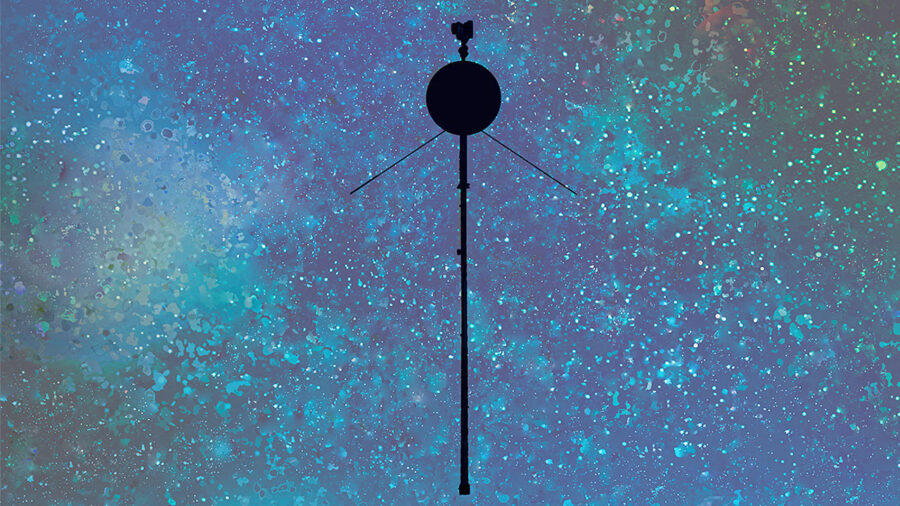
NASA engineers have received usable data from Voyager 1 for the first time in five months. The information comes after the agency fixed a communication problem that has been plaguing the spacecraft since November 2023, when the flight data system’s telemetry modulation unit started repeating code patterns.
No More Strange Signals
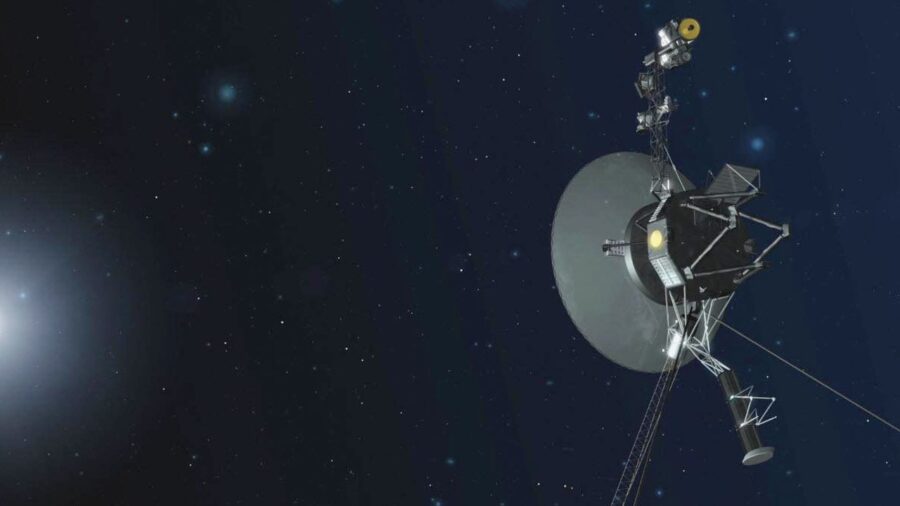
Voyager 1’s system gathers scientific findings and combines them with data about its own condition. The information is transmitted in binary code to mission control on Earth. Despite maintaining a consistent radio connection, the signal it sent lacked any meaningful information since late 2023. Only on April 20 did the team receive coherent data about Voyager 1’s condition.
Although the team is still analyzing the data, initial indications suggest that the spacecraft is in good health and functioning as expected. “Today was a great day for Voyager 1,” project scientist at JPL Linda Spilker said in a statement. “We’re back in communication with the spacecraft. And we look forward to getting science data back.”
Poking Fixed Voyager 1
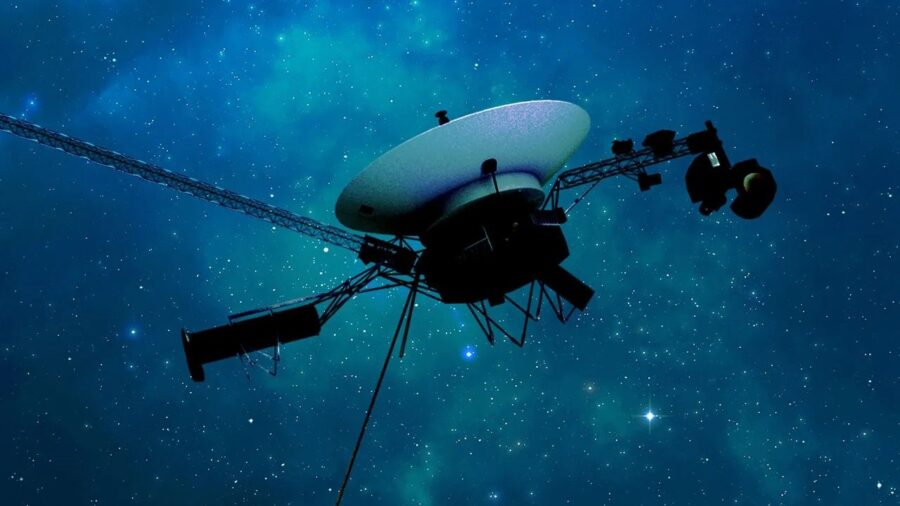
The problem was resolved with experimentation, leading the team to focus on a single microchip. After identifying the issue, the Voyager 1 team worked to reboot the spacecraft’s computer system. Using a command termed a “poke,” the team instructed Voyager 1 to execute various software sequences within the flight data system to uncover the glitch’s origin.
On March 3, a specific activity pattern within a segment of the flight data system caught the team’s attention. Though the signal differed from the customary format indicative of normal system function, an engineer affiliated with NASA’s Deep Space Network (a network of radio antennas helping the agency communicate with Voyager 1 and other spacecraft) successfully deciphered it.
Malfunctioned Code To Blame
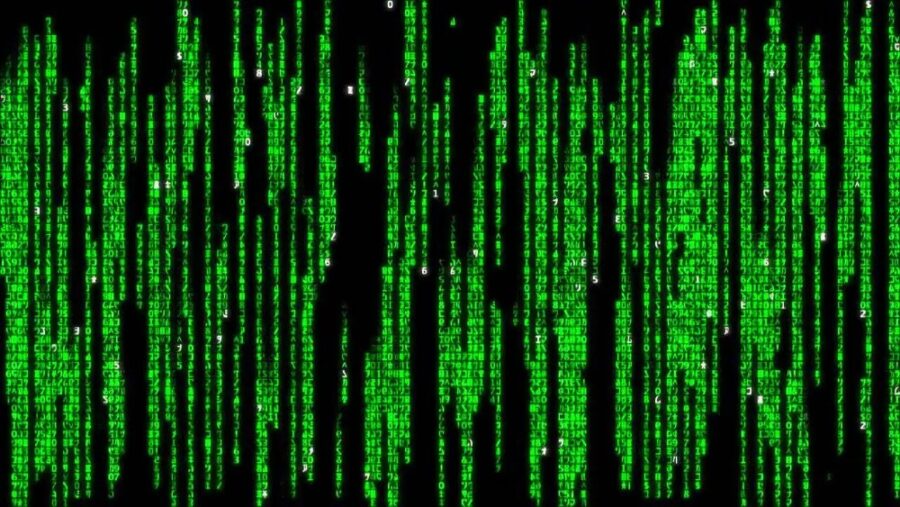
The deciphered signal provided a comprehensive overview of the flight data system’s memory. Through analysis of the readout, the team found that three percent of the Voyager 1’s memory was corrupted. The microchip responsible for storing a portion of the system’s memory, including some of the computer’s software code, had malfunctioned.
Although the cause of the chip’s failure remains unknown, it could be attributed to wear and tear or a collision with energetic particles from space. According to the team, the loss of code stored on the chip rendered Voyager 1’s scientific and engineering data unusable. Since the chip could not be fixed, the affected code was moved from the chip to alternate locations within the system’s memory.
While they were unable to identify a single location with sufficient capacity to store all the code, the Voyager 1 team divided the code into segments and placed it in different areas within the flight data system. NASA also made some changes to the code in the computer system to ensure everything worked smoothly.
Sending And Recieving Messages Takes A While
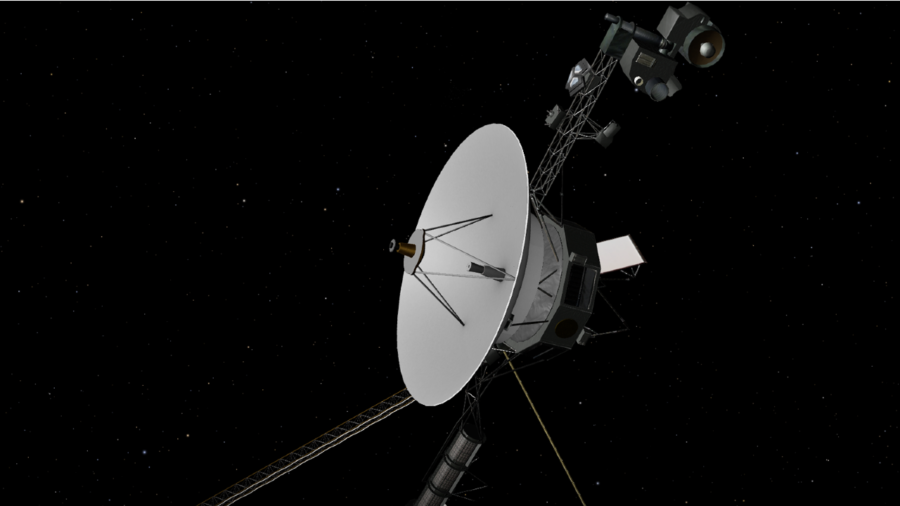
They also had to update any references to where the code was stored in the computer’s memory. After figuring out which parts of the code were needed for the engineering data, engineers sent a message to the spacecraft on April 18. However, since Voyager 1 is situated roughly 15 billion miles away, it took about 22.5 hours for the message to get there and another 22.5 hours to receive a response.
NASA Continues Work With Voyager 1
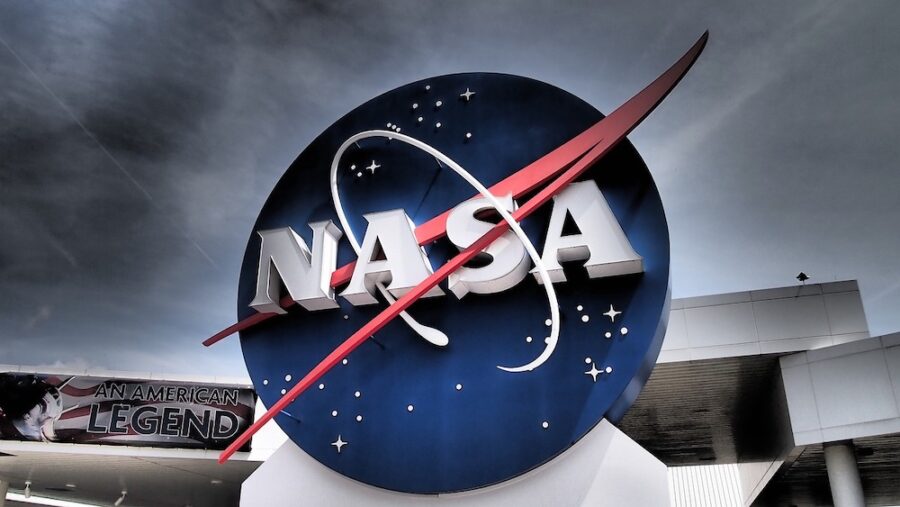
On April 20, the team received a message from Voyager 1 indicating that the changes to the code worked. However, the work is still ongoing. In the next few weeks, the team will continue working on Voyager 1’s computer system to fix other parts of the software affected by the problem. This will ensure that all the critical scientific data the spacecraft collects remains intact.
Source: CNN












